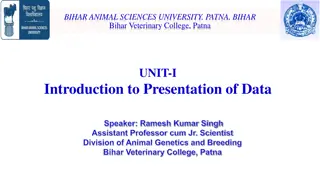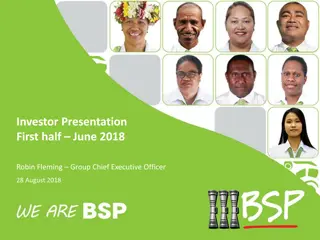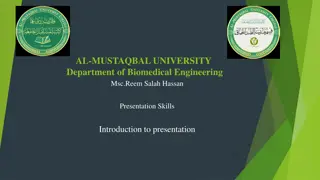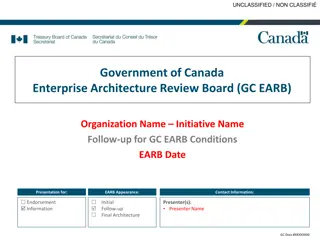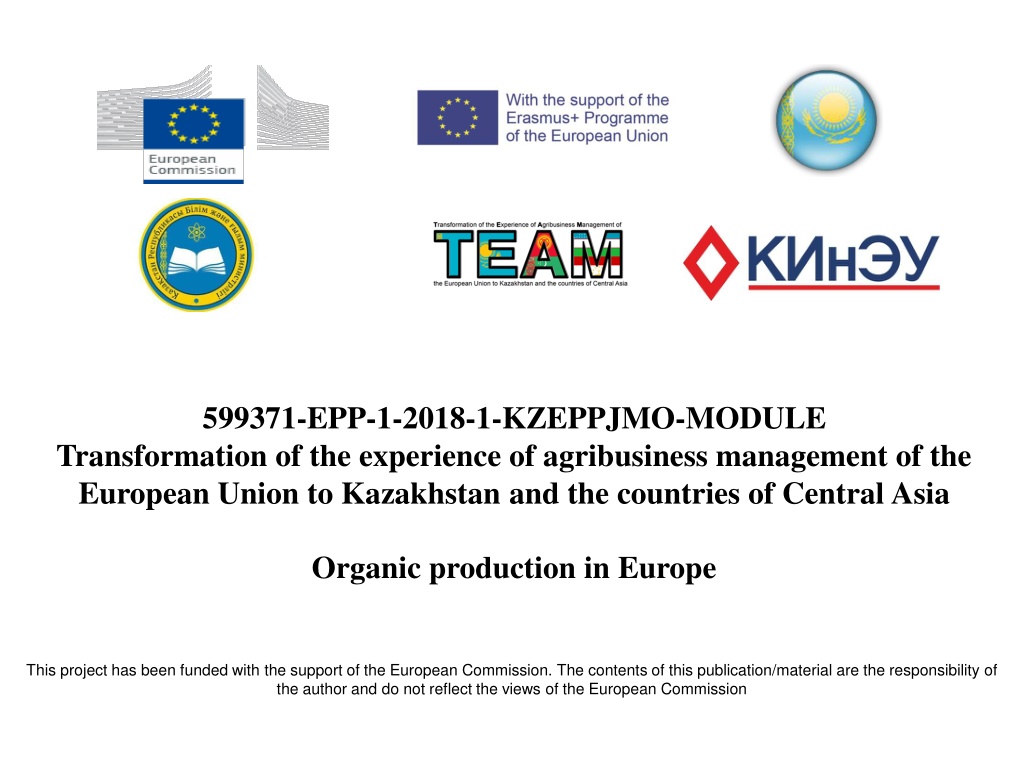
Transformation of Agribusiness Management: EU to Kazakhstan
Explore the journey of transforming agribusiness management from the European Union to Kazakhstan and Central Asia, focusing on organic production. Learn about the key differences in agricultural policies, the structure of the EU's Common Agricultural Policy, and the fundamental principles of organic farming as established by IFOAM.
Download Presentation

Please find below an Image/Link to download the presentation.
The content on the website is provided AS IS for your information and personal use only. It may not be sold, licensed, or shared on other websites without obtaining consent from the author. Download presentation by click this link. If you encounter any issues during the download, it is possible that the publisher has removed the file from their server.
E N D
Presentation Transcript
599371-EPP-1-2018-1-KZEPPJMO-MODULE Transformation of the experience of agribusiness management of the European Union to Kazakhstan and the countries of Central Asia Organic production in Europe This project has been funded with the support of the European Commission. The contents of this publication/material are the responsibility of the author and do not reflect the views of the European Commission
Dinara Bulatovna Zhamalova - Head of the Scientific Research Sector
Today, the EU member states as sovereign states can implement their own agricultural policy but the main indicators of the policy must match with the rules of the union. This feature is one of the most important differences between the Common Agricultural Policy of the European Union (Common Agricultural Policy of the European Union) and the policies of other states.
The structure of the EU EAP includes two sections The first section forms the production and trade basis. It is necessary to regulate support measures within the Common Market and direct support to farmers. This section is funded by the EuropeanAgricultural Guarantee Fund. The second section is aimed at solving the problems of integrated rural development. It is also aimed at improving the competitiveness of the EU agricultural sector as a whole and is funded from the European Rural Development Fund and national regional budgets.
Basic principles of organic farming established by IFOAM: principle of ecology: Organic agriculture should be based on the principles of natural ecological systems and cycles, working, co-existing and supporting them. The
Health Principle: Organic agriculture should maintain and improve the health of the soil, plant, animal, human and planet as one and indivisible whole.
Care principle: Organic agriculture management must be proactively and responsibly managed to protect the health and well-being of present and environment. future generations and the
Principle of equity: Organic agriculture should be based on relationships that guarantee equity, taking into account the overall environment and life opportunities.
There are three categories of "organic" products in Europe: if the product consists of 95-100% organic ingredients it is called organic; with 70-94% organic ingredients, the word "organic" can only be used in the list of ingredients; with less than 70% organic ingredients in the product, the word "organic" is not present on the packaging at all.
Lets consider the shares of individual EU countries in the organic market. According to the data of FiBL-IFOAM European countries are top of ten largest countries in terms of land area for organic production. Thus, Spain accounts for 1.6 million hectares, Italy - 1.3 million hectares, France and Germany - 1.1 million hectares. In 2013, there were 46,000 organic producers in Italy and 31,000 in Spain.
Italy is one of the European countries that has the largest area of farmland where organic farming is conducted. It is Italy is the most important European supplier of natural food products. More than 65% of Italy's organic farms are located in the Southern regions, which occupy 41% of the country's territory and where 37% of the population lives. A quarter of the organic land is used for forage grasses, 20% - for cereals, 15% - for fruit crops, olives, vinelands.
Spain ranks second place among European countries in terms of the total area of organic agricultural land. The first small organic farms appeared in the country in the late 1970s. Farmers entered into contracts for the supply of these products to France, Germany and the UK.
The third largest area occupied for the production of organic agricultural products is Germany. It is this country that accounts for the largest part of the organic products market segment in Europe. The annual revenue from sales of this type of product is 5.8 billion rubles. euro. Organic farming is most widespread in East Germany.
! ! Thanks for attention!




